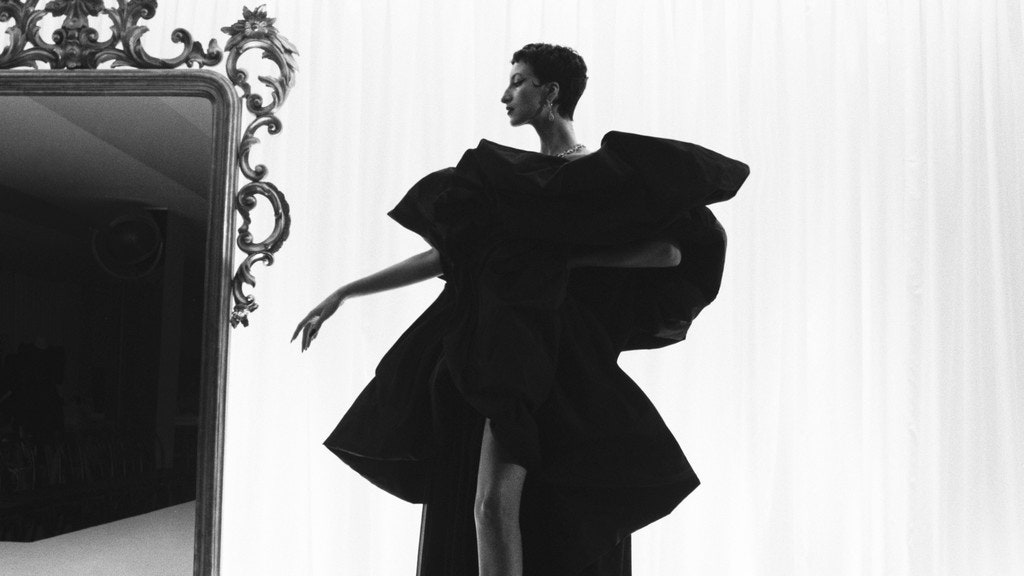Dolce & Gabbana customers summoned to Milan for the unveiling of the Alta Moda Eleganza Italiana collection were in for a surprise. Normally a grand affair in picturesque Italian locations, this time guests were treated to an intimate tour of the workshops and a show where the haute creations are made. It recalled the customs of the 1950s and 1960s, when couture collections were presented in rarefied salons and private appointments were attended by a small crowd of chic, privileged ladies.
More than champagne and Risotto Alla Milanesethe lucky customers were invited to wander around, mingle with the tailors, por over drawings and scraps of expensive fabrics and marvel at the skills of the young artisans, trained to become the next generation of couturiers. “We almost wanted to receive someone at home in familyby opening the doors of the studio so that our customers can experience up close how we work on collections, how they are made, the skill and dedication that goes into each piece, and the humanistic value of the handmade,” explains Domenico Dolce. , happy with the appreciative response the event provoked.
The couture presentation had a calm, elegant rhythm. A small catwalk was placed in the busy sartoria, amid tables where tailors were actually working, and the models walked slowly, each holding a card with the number of the passage. The collection was an all-black statement, a somehow radical, visually dramatic choice that read as a powerful affirmation of the clarity and precision at the heart of Dolce & Gabbana’s sartorial codes. Hourglass silhouettes were outlined as if beautifully sketched by hand on white paper. Subtly glamorous daywear was paired with opulent occasionwear. “We wanted to create a collection without bells and whistles, without embellishments, but just getting back to the essence of our style,” said Gabbana. “We wanted purity and at the same time a sense of distinction molo moderno and timeless.”
A short black and white film directed by Karim Sadli was the icing on the cake. Referring to the Italian neorealism of the 1950s, it was intended as “a love letter to a particular style, a tribute to our passion for the sartoria, and to the Italian culture il call cloakroom, to always look good, regardless of the circumstances,” the designers emphasized. “It is a celebration of the idea of true Italian elegance that we cherish: classic, flattering, precious and supremely dignified.”





